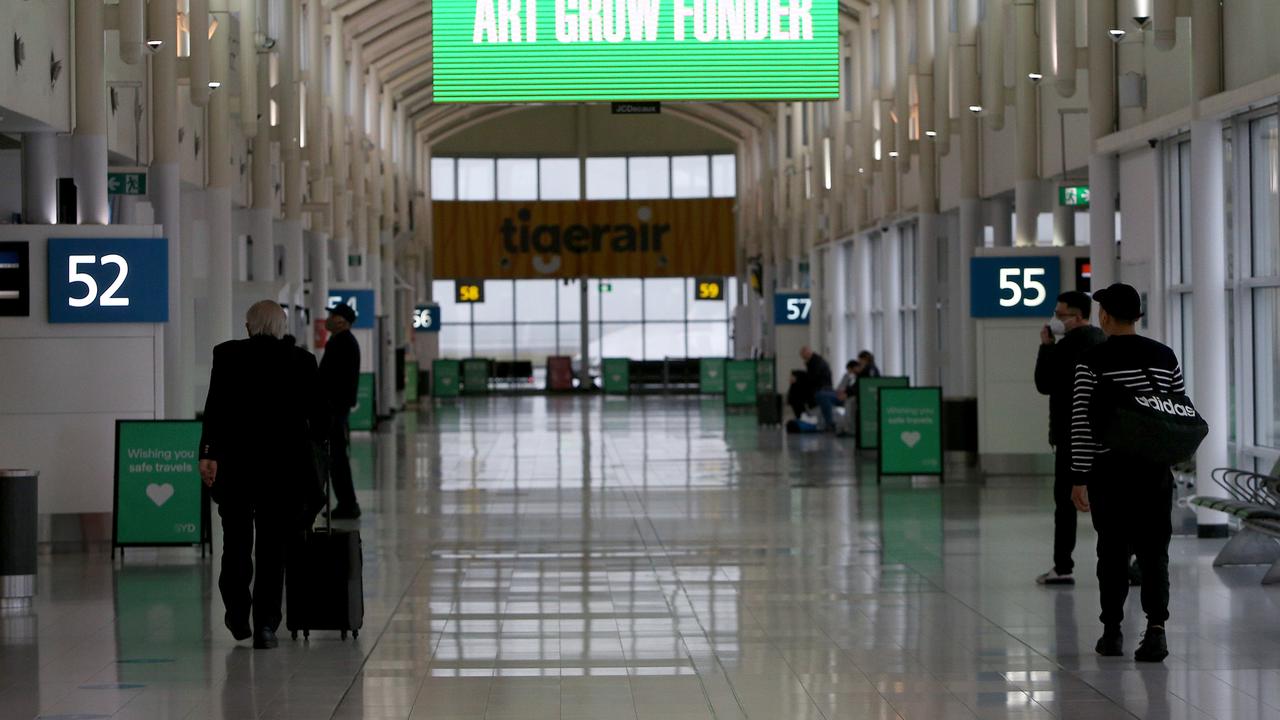Terry McCrann: Budget a good fiscal and political balance
SCOTT Morrison is riding a $31 billion revenue surge — extra money over the next four years that has dropped into his fiscal cookie jar in just six months since the mid-year Budget update, writes Terry McCrann.
Terry McCrann
Don't miss out on the headlines from Terry McCrann. Followed categories will be added to My News.
I’D describe it as a reasonable and “competent but no cigar” Budget.
It’s proved a good time to be Treasurer.
Scott Morrison is riding a $31 billion revenue surge — extra money over the next four years that has dropped into his fiscal cookie jar in just six months since the mid-year Budget update.
This has allowed him to give back $15 billion in tax cuts and still announce a $15 billion better Budget bottom line over the next four years, and which gets the Budget back to balance one year earlier, in 2019-20.
All that extra money from personal tax, company tax and the GST flowing to Canberra over the next four years is, in turn, built on the assumptions of more people in work, wages finally picking up pace and a buoyant world economy underwriting a generally healthy Aussie economy.
MORRISON’S BUDGET FOR BATTLERS
FEDERAL BUDGET: YOUR 5-MINUTE GUIDE
HERE’S WHAT THE FEDERAL BUDGET MEANS FOR YOU
GOOD TIME TO BE A GOOD TREASURER
Ultimately, all this pivots on our high immigration-strong population growth dynamic, provided, crucially, there are jobs to be got.
That’s why the proposed company tax cuts are so important — business has to be competitive in a world in which corporate rates are being slashed in the US, the UK and, of course, in high-growth Asia.

There is no attempt to cut spending. Over the four years, the spending cuts add to a less-than-trivial $404 million (yes, less than $1 billion and spread over four years, in a $500 billion-a-year Budget); and even then all the cuts will, supposedly, come only in the fourth year.
Spending actually goes up in the first two years, but at least it’s only by $2 billion in total.
That’s the “competent” bit. He’s taking more of your money but at least he’s giving half of it back — and he’s giving it back in a clever way, both politically and fiscally, to low-end taxpayers — and using the other half to cut the Budget deficit.
The “no cigar” is that it’s still a high-taxing, high-spending Budget and it all rests crucially on the assumption that the economic sun will keep shining for at least the next four years.
We get back to a Budget balance and then into small surpluses — remember, only as “projected”; they’ve still got to actually be delivered — by higher taxes, not lower spending.
Spending drops only marginally from 25.1 per cent of GDP in 2017-18 to 24.7 per cent in 2021-22.
Revenues continue to grind inexorably higher, as they’ve done since 2010-11 in the depths of the GFC. Back then, revenues took 21.4 per cent of GDP. Last year, it was 24.3 per cent. In 2021-22 — even after the tax cuts — it will be 25.5 per cent. The taxes component hits the 23.9 per cent “ceiling” that Morrison committed to at the weekend.
But that will be a big increase on the 22.7 per cent of 2017-18. If Morrison had set his ceiling at that 2017-18 level, that would have meant $26 billion less tax in 2021-22 (and so, that much more in your pockets).
But it would also have meant a Budget still in deficit to the tune of $10 billion, not the $16.6 billion projected surplus.
It’s not the Budget that purists of varying shades would have wanted, but I think it pretty competently balances all the competing ends — and it could work politically.


